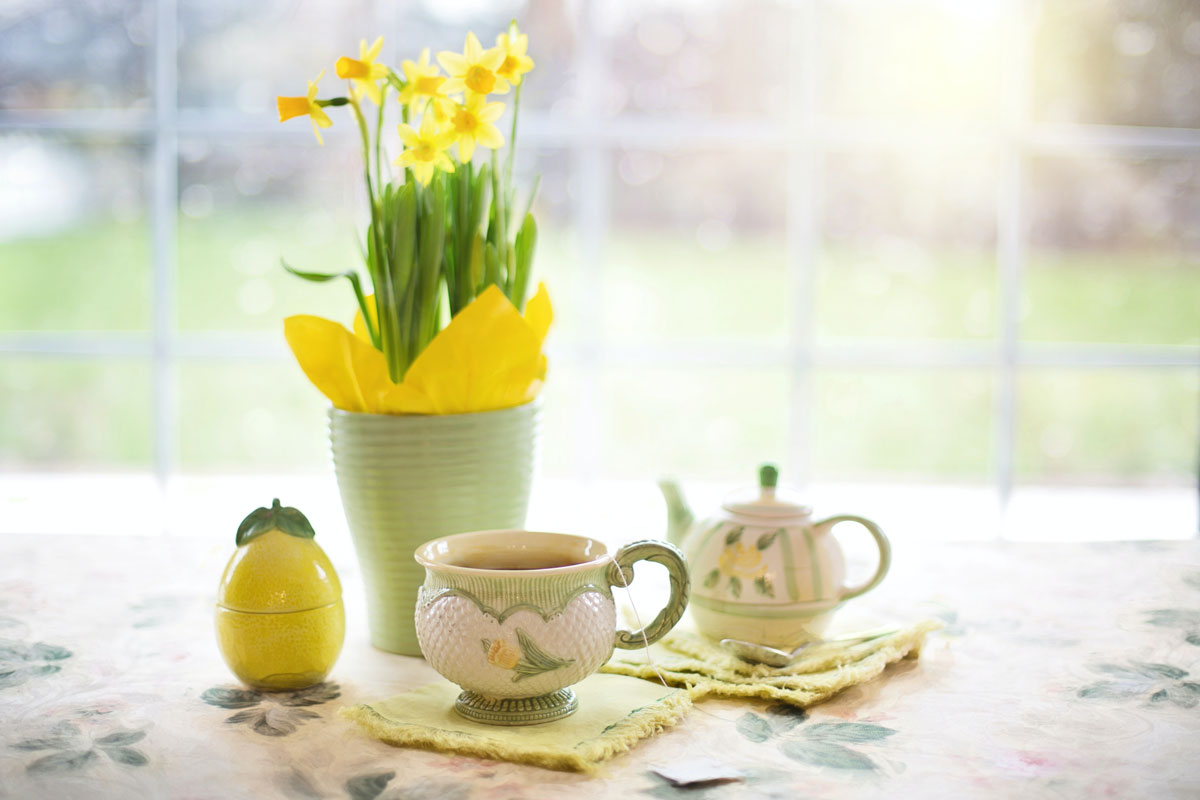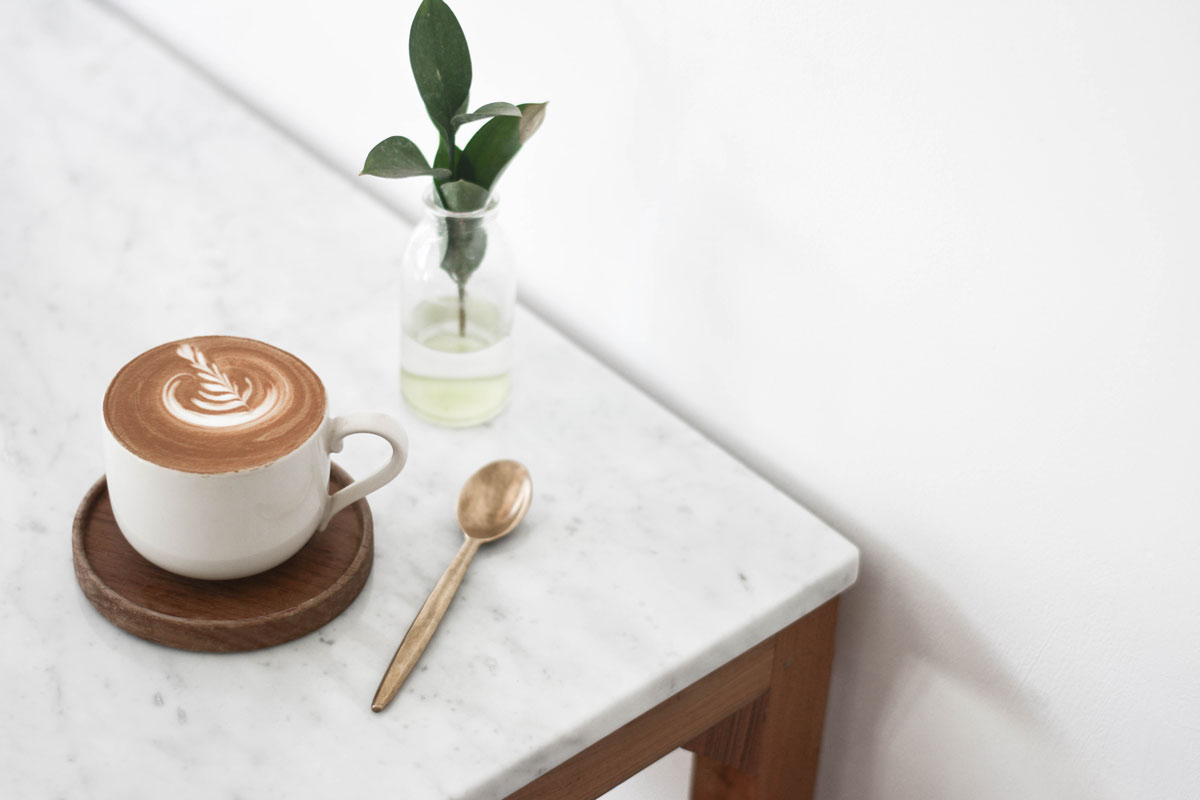The Art of Tabletop Photography: Unveiling the World in Miniature
Tabletop photography is a captivating art form that allows photographers to create stunning images by arranging and capturing subjects on a small-scale tabletop setup. Through careful composition, lighting, and attention to detail, tabletop photographers transform everyday objects into extraordinary visual narratives. Whether you’re a professional photographer or an amateur enthusiast, tabletop photography offers a creative outlet that can be explored right at home. In this article, we’ll delve into the world of tabletop photography, exploring its techniques, challenges, and the limitless possibilities it presents.

Choosing Your Subject
Tabletop photography offers a vast range of subjects, limited only by your imagination. From food and product photography to still life compositions and miniature scenes, the possibilities are endless. The key is to select subjects that evoke interest and tell a story. Consider objects with unique textures, shapes, or colors that can create a visually captivating image. Everyday items like fruits, flowers, books, or even toys can become extraordinary subjects when viewed through the lens of tabletop photography.

Composition and Props
Composition plays a vital role in tabletop photography, as it helps create visual interest and guides the viewer’s gaze. Start by selecting a suitable backdrop or table surface that complements your subject. Textured papers, fabrics, wood, or even reflective surfaces can add depth and character to your images. Experiment with different props to enhance the narrative and add context to your subject. Background elements, such as cutlery, plants, or vintage objects, can add a sense of scale and visual appeal.
Lighting Techniques
Lighting is a fundamental aspect of any photography genre, and tabletop photography is no exception. The key is to create soft, diffused lighting that highlights the subject and brings out its details. Natural light from a nearby window can provide a soft and flattering illumination, especially during the golden hours of sunrise or sunset. Alternatively, artificial light sources like softboxes, diffusers, or LED panels can help you control the light’s intensity and direction. Experiment with different lighting setups and angles to achieve the desired mood and emphasize the subject’s textures and shapes.

Depth of Field and Focus Stacking
Tabletop photography often involves shooting subjects up close, which can result in shallow depth of field. To maintain focus on the important elements, it’s essential to understand depth of field and how to control it. A wide aperture (small f-number) will create a shallow depth of field, isolating the subject and blurring the background. On the other hand, a smaller aperture (higher f-number) will increase the depth of field, keeping more of the scene in focus. In certain cases, focus stacking techniques can be employed, capturing multiple images at different focus distances and combining them in post-processing to achieve maximum sharpness throughout the image.
Post-Processing and Editing
Post-processing is an integral part of tabletop photography, allowing photographers to enhance the image’s overall look and feel. Software tools like Adobe Photoshop or Lightroom can be used to adjust exposure, contrast, colors, and sharpness. Fine-tuning the image in post-processing allows you to highlight the subject’s details, remove distractions, and further refine the overall composition. However, it’s important to strike a balance between enhancing the image and preserving its authenticity.

Conclusion
Tabletop photography offers a world of creative possibilities, allowing photographers to create captivating images on a small scale. With careful attention to composition, lighting, and post-processing, photographers can transform everyday objects into extraordinary works of art. Whether you’re a professional or an enthusiast, tabletop photography provides an opportunity to explore your creativity and develop your skills right at home. So, gather your props, set up your tabletop studio, and embark on an enchanting journey into the realm of miniature worlds.
You may like to read the article about Tabletop photography tips and tricks

lovely article